Scuba Diving Coral Beach in Israel
Scuba diving Coral Beach was my favorite activity in Israel. With .75 miles (1.2 km) of coral and over 600 types of fish, Coral Beach is a premier scuba diving destination. And my experience under the waters of the Red Sea was nothing short of, dare I say it, breathtaking.
| Important Information | ||
|---|---|---|
| Environment | .75 miles (1.2km) of coral alongside vibrant and diverse aquatic life. | |
| Water Condition | The water is warm (you can basically dive with a T-shirt), clear, clean, and calm. The visibility is 30 feet ( 9 meters) and up. | |
| Dive Club | Nautilus Red Sea is arguably the best dive club in the area. | |
| Pricing Information | 250-500 Israeli New Shekels (ILS) depending on the package (covered later). The full certification costs over 1200 Shekels. Currency Converter. | |
Eilat is one of the best places in the world for scuba diving beginners.
The water is warm, clear, clean, calm, and beautiful. The fishes are friendly and lovely. And the cost is low compared to what you are getting out of the experience.
The coral reefs here are also the northernmost shallow-water reefs in the entire world. Almost all other coral reefs are primarily located in tropical regions.
For the reasons above, you will have a very easy time introducing yourself into the wonderful world of scuba diving.
So dive right in!
Learning to Dive: Logistics, Dive Types, and Helpful Tips
For my scuba diving experience, I made reservations with Nautilus Red Sea. Refer to the link for all relevant information (descriptions of dives, duration, and pricing, among others).
The type of dive that best suits your needs are dependent on several conditions:
- If you are new to scuba diving and just want a fun and noncommittal experience, I highly recommend the Introductory Scuba Diving course to get a feel for the diving experience. Difficulty: Easy.
- If you are new to scuba diving and are feeling very adventurous, then the Discover Scuba Diving Half Day Course is a great option. Difficulty: Medium
- If you want to fully immerse yourself and commit to getting a scuba diving license, then the PADI Courses for Beginners is what you are looking for. Difficulty: Hard
- If you are already certified, then Guided Dives are the best and cheapest option. The local divers also know the area very well and are sure to guide you to fantastic spots. Naturally, if you are already licensed, each of the guided dives can be recorded in your log book. Difficulty: Easy (because you already have experience).
Note: Only the PADI Course for Beginners is guaranteed to count towards your certification. Remember to confirm whether your Introductory or Discovery dives would count should you decide to pursue things further with Nautilus. In almost all cases, you must complete all dives at the same place within a short amount of time in order to receive certification.
Diving Time
Each dive usually lasts 1 hour. If a description says 4 hours, then that means you are completing multiple dives. Multiple dives will require multiple exits and entries with new oxygen tanks.
Sun Protection
You might not be allowed to wear any sunscreen during the dive because it could harm the coral reefs.
Photography
I normally recommend red light filters (because red light is absorbed first) if you are planning to dive deep. The good news is that the reefs of Coral Beach are in relatively shallow water. That means you usually do not have to dive deeper than 20 feet (6 meters), so you shouldn’t need the filter.
I also highly recommend letting experienced divers take photos for you when it comes to scuba diving, especially if that person is a local with knowledge of the area.
Once you see the quality of your photos, you will understand that it is 100% worth it. Besides, when someone else is worrying about the photos, you can just relax and have fun.
What to Bring
Bring plenty of water. Although the dive club will have water, you will likely have to drive to multiple dive locations. It wouldn’t hurt to have extra water.
Sandals or flip flops are necessary to navigate rocky beaches in general, and getting in/out of scuba gear will be significantly easier. Usually, you will walk to the water in your footwear, put on your flippers near shore, and someone will keep your footwear until the dive is complete.
What to Do Before the Dive
Hydration: The way I see it—you have two main options.
1) Drink plenty of water and pee in the ocean if you have to.
2) Drink minimal amounts of water, risk dehydration, and possibly faint and/or drown.
Equipment Preparation
Since you will be diving with an experienced dive club, all equipment (wet suit, flippers, goggles, buoyancy control device, air tanks, dive computer, etc.) will be provided. Just wear comfortable but tight-fitting clothing.
Sun Protection
Do not apply any sun protection yet. Instead, ask the dive club. There is a high chance they will advise against it since the chemicals can damage the coral reefs. The club will give you helpful advice on how to avoid sunburn (wearing the wetsuit helps tremendously).
What to Do During the Dive
Follow all instructions. Scuba diving, especially in Eilat, is a safe activity. However, not following instructions can make things very dangerous.
Try to find the perfect weight for your weight belt. The instructors will guide you through the process, but you will truly have an idea once you actually dive for a bit. Figure out whether you are too light or heavy as you ascend or descend.
Focus on deep and steady breaths. Rapid and shallow breaths will leave you nauseated and use up more oxygen.
Have fun. You will have an experienced diver with you at all times, so rest assured knowing that Nautilus will take care of everything and teach you all that you need to know.
Even if you’ve never scuba dived before, the waters of Eilat will certainly make your experience easier—with the risk being near zero and enjoyment at maximum. Even as an experienced diver, I still had an amazing time.
Of course, if scuba diving is too much of a commitment, then snorkeling is a decent alternative because the coral reefs are close to the shallow waters of the shore. However, even though snorkeling is okay (you’re essentially only moving along 2 dimensions and most fishes are deeper down), scuba diving will obviously be significantly better.

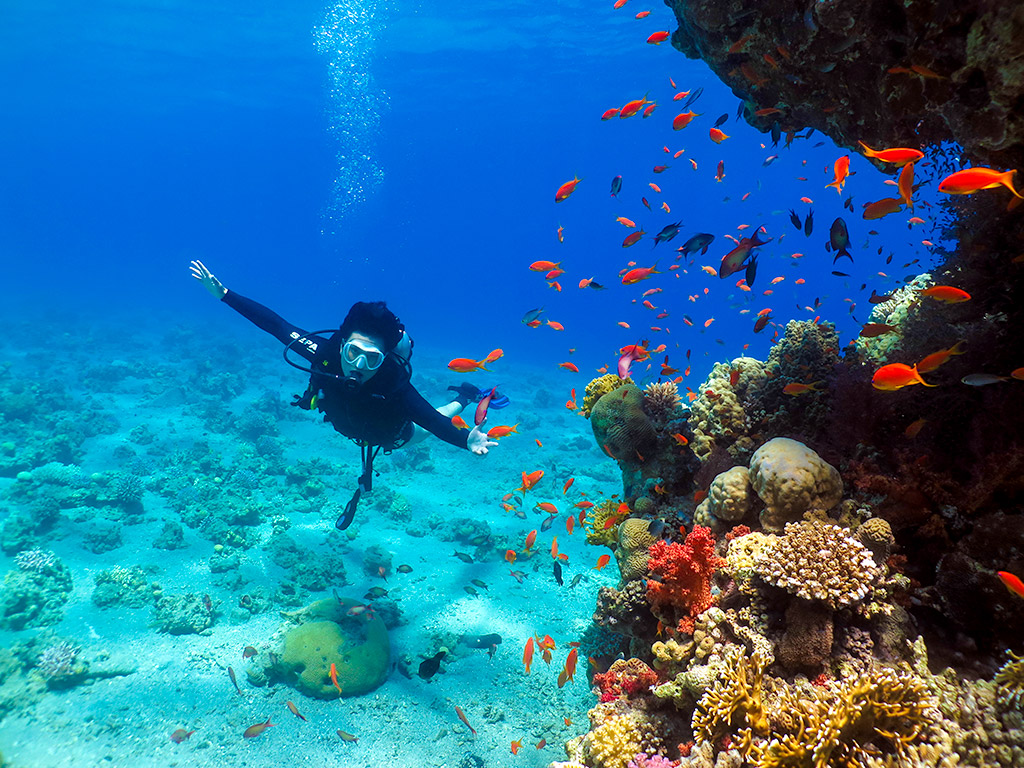
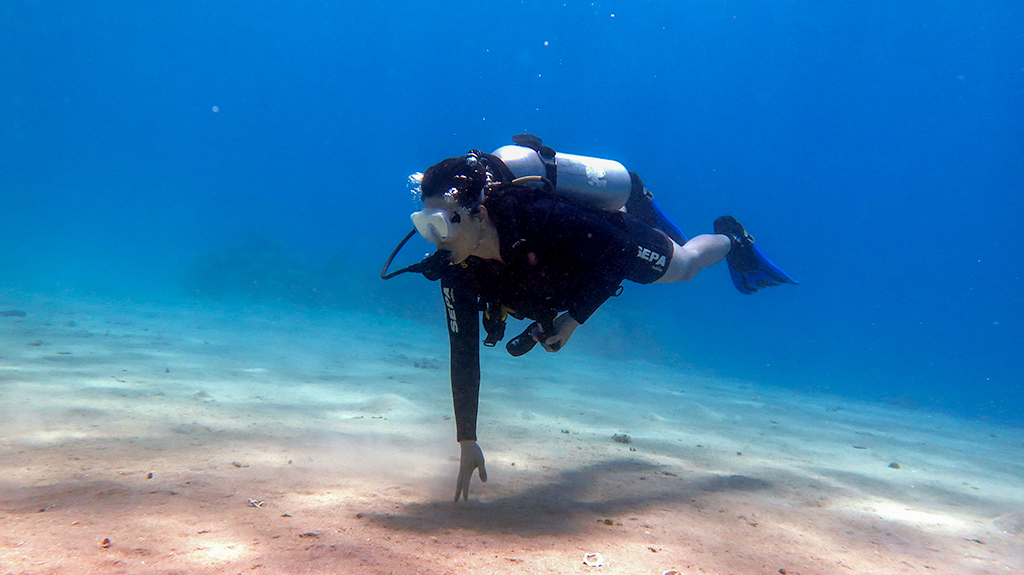
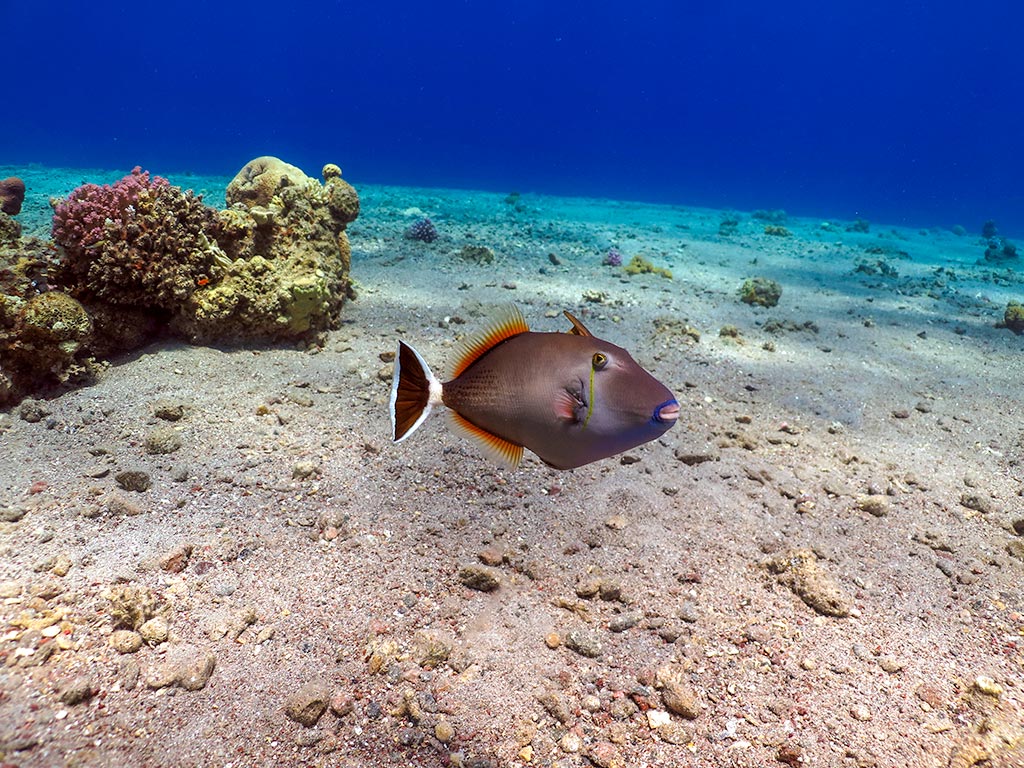
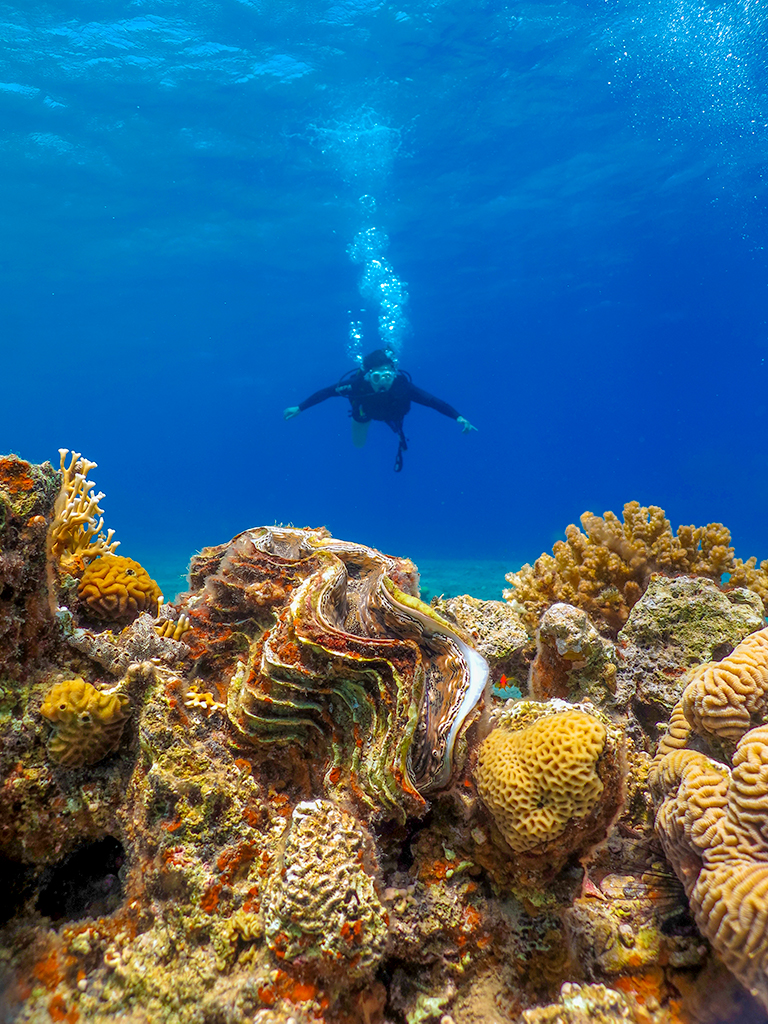
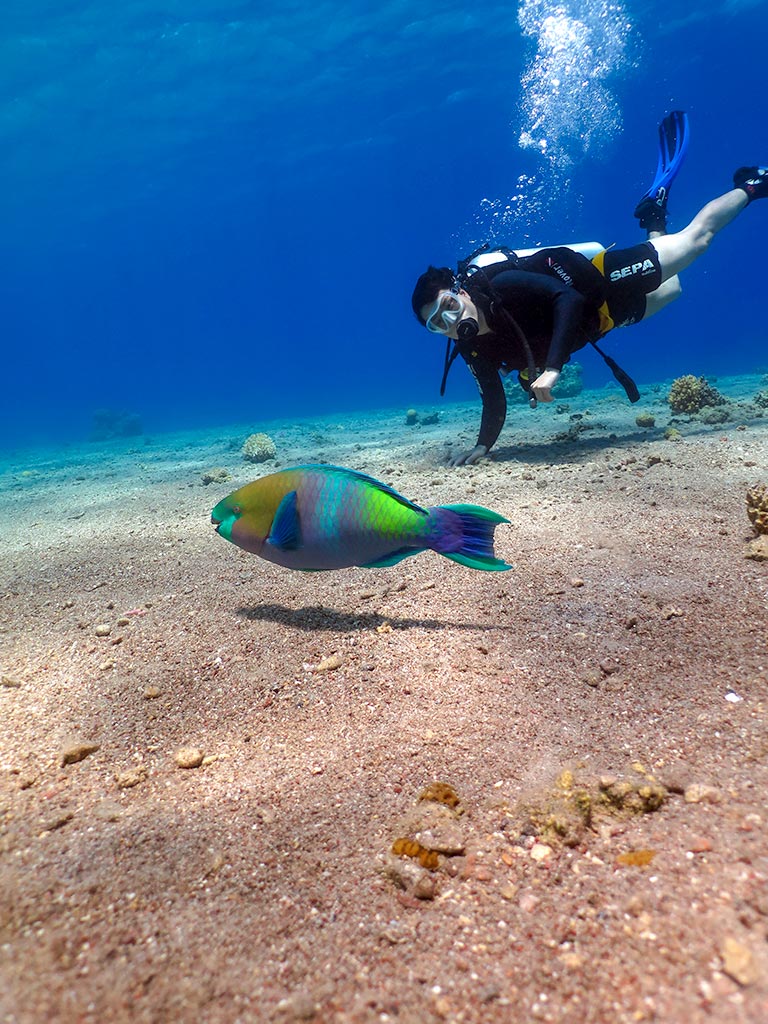
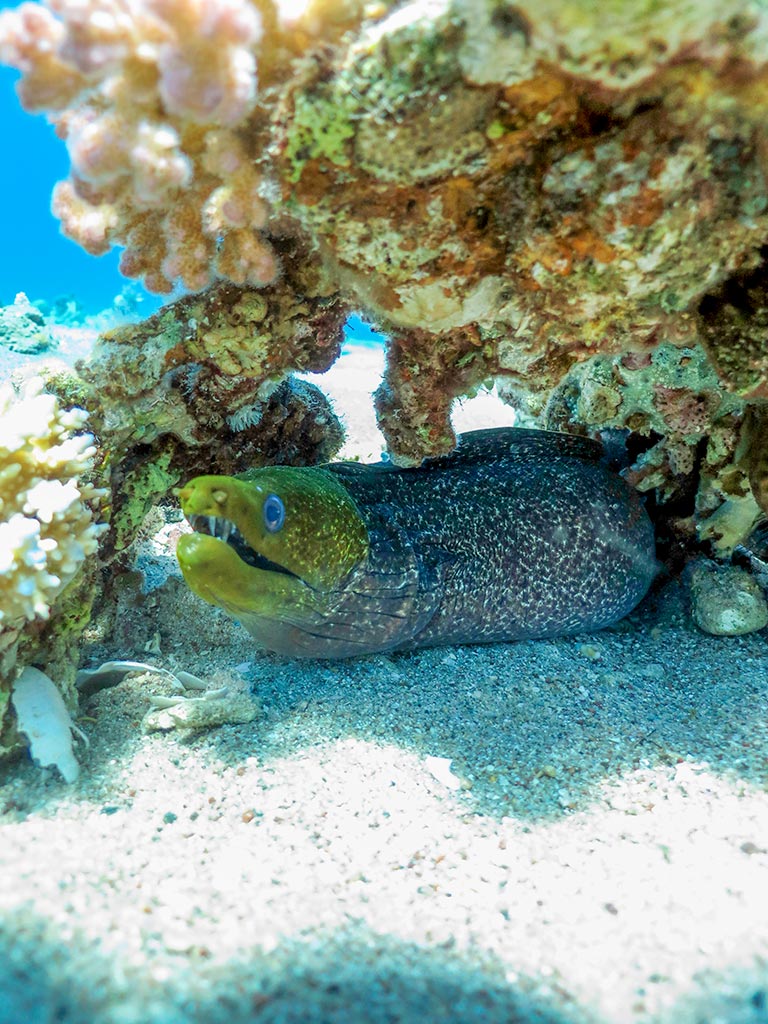

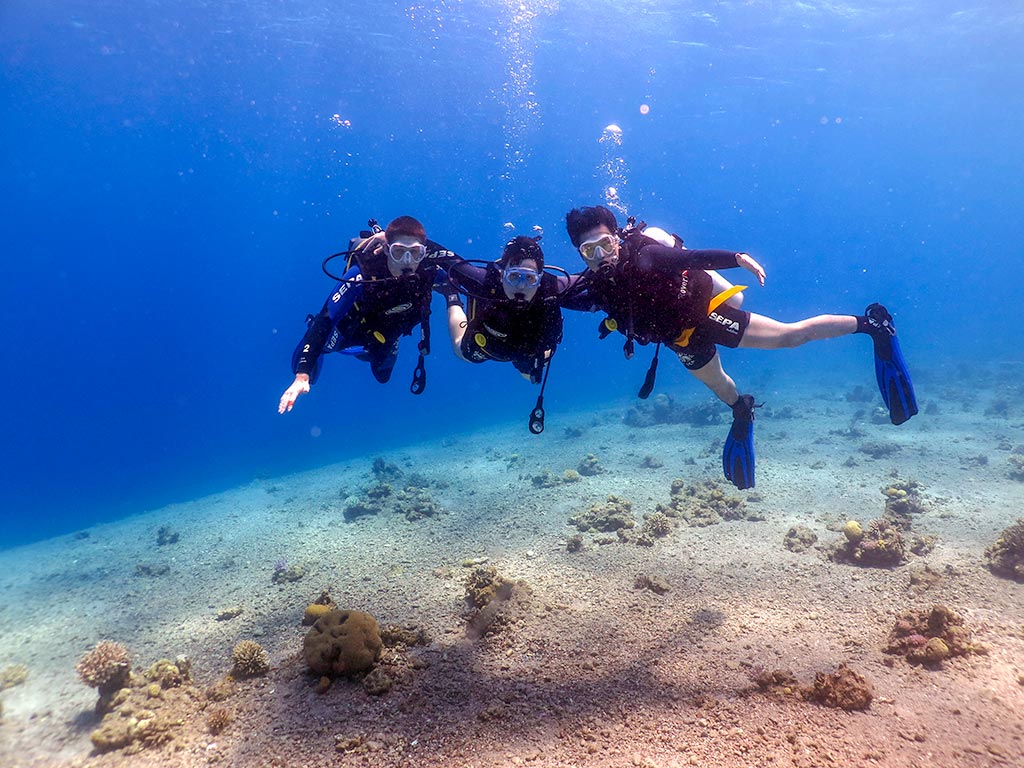
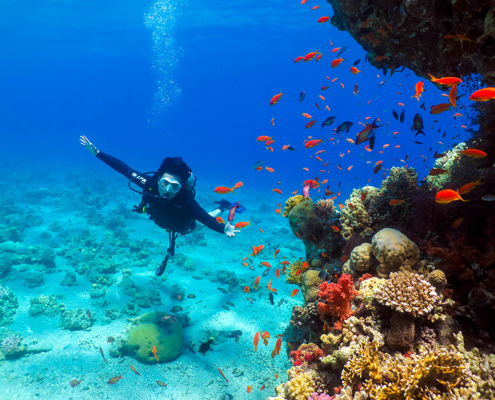 © Copyright - Ace Adventurer
© Copyright - Ace Adventurer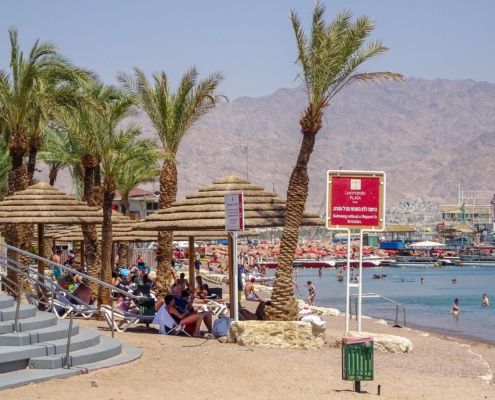 © Copyright - Ace Adventurer
© Copyright - Ace Adventurer © Copyright - Ace Adventurer
© Copyright - Ace Adventurer © Copyright - Ace Adventurer
© Copyright - Ace Adventurer
We are a family run dive centre in Cyprus, we love your content!
Oh my god these photos are amazing! That must have been a hell of an experience! Look how close those fish are!
A great post. I want to talk with the author. Please contact me by email divingcyprus[at]gmail[dot]com
I love the photos! So cool! And that eel thingie looks terrifying.
This looks fun from pictures, but I think I would be too afraid to try it. The thoughtof being under the deep dark ocean and possibly suffocating just cares me way too much.
What kind of camera are you using?! These photos are incredibly. I can’t believe they are actually underwater. The clarity of the shots are insane! On land is one thing, but you’re capturing all the vivide colors of the ocean. I’m blown away. Very impressed!
Very good article! Would it be alright if we link this to our site? These photos are amazing! Keep up the great writing.